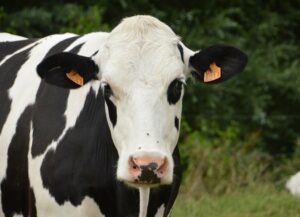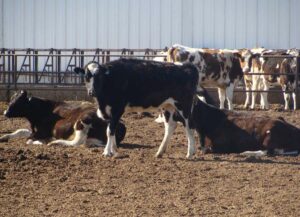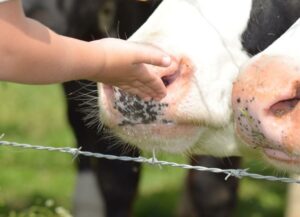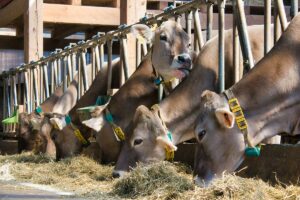Lucas Pantaleon
Bovine viral diarrhea virus (BVDV) is widespread and represents major concerns worldwide. The disease can develop an inapparent course or lead to clinically variable signs. Particularly decreased milk yields, reproductive disease and calf mortality causing significant economic losses for infected farms. Additionally, a dam infected with the virus can produce persistently infected (PI) calves. PI cattle are an important source of infection within and between farms because they shed virus throughout their lives.
In some European countries, control and eradication programs that involve mandatory testing of animals using tissue samples and bulk milk tank surveillance have been established. These programs are contributing to lowering the incidence of PI cattle and the prevalence of BVDV infection.
Studies have revealed that large dairy farms, cattle purchases, summer pasturing, high density dairy farming and production of dairy calves are risk factors associated with farm-level infection of BVDV. Variation in the background factors affecting BVDV status among the regions, such as BVDV prevalence, quality of veterinary service and the density of dairy farms, could result in differences in regional risk factors.
Researchers in Japan studied the factors affecting the transmission of BVDV, by investigating the distribution of BVDV and epidemiology of PI cattle. Additionally, farm level risk factors associated with BVDV infection, focusing on within farm transmission and PI detection were identified. Within farm transmission was defined as BVDV transmission to homebred cattle without movement records. Farm level status was categorized according to the results of antibody and antigen testing as BVDV circulating and non-circulating farms. Of 333 farms with homebred cattle without movement records, 58% were BVDV circulating farms and 42% were BVDV non-circulating farms. The within farm seroprevalence was significantly higher in PI-farms.
Investigators determined that large herd size, use of summer pasturing and BVDV infected status of the closest dairy farms, showed a positive relationship regarding within farm transmission.
Variables associated with PI cattle were large herd size, proportion of purchased cattle, use of summer pasturing, BVDV infection status of nearest farm and the distance of the closest dairy farm with BVDV infection.
The study demonstrated the risk factors related to within farm transmission and occurrence of PI animals after the introduction of BVDV via purchasing and summer pasturing. Furthermore, the important role that PI cattle plays in the continuous circulation of the virus was shown.
Factors that contribute to an increase the prevalence of PI cattle are large herd size and high number of purchased cattle. PI animals shed high levels of virus and once a PI cattle in introduced to the herd a vicious cycle ensues by which new PI cattle are born, thus resulting in continuous virus spread within the farm. Therefore, a key aspect for prevention and control of the virus transmission within a farm, is the early identification and removal of PI calves.
Based on the study improving measures to screen BVDV infection and PI cattle and surveillance of bulk tank milk are needed to control the spread of the disease in Japan.
Reference:
Akagami, M., Seki, S., Kashima, Y., Yamashita, K., Oya, S., Fujii, Y., … Ouchi, Y. 2020. Risk factors associated with the within-farm transmission of bovine viral diarrhea virus and the incidence of persistently infected cattle on dairy farms from Ibaraki prefecture of Japan. Research in Veterinary Science: 129, 187-192.
© 2020 Dairy Knowledge Center. All Rights Reserved.









